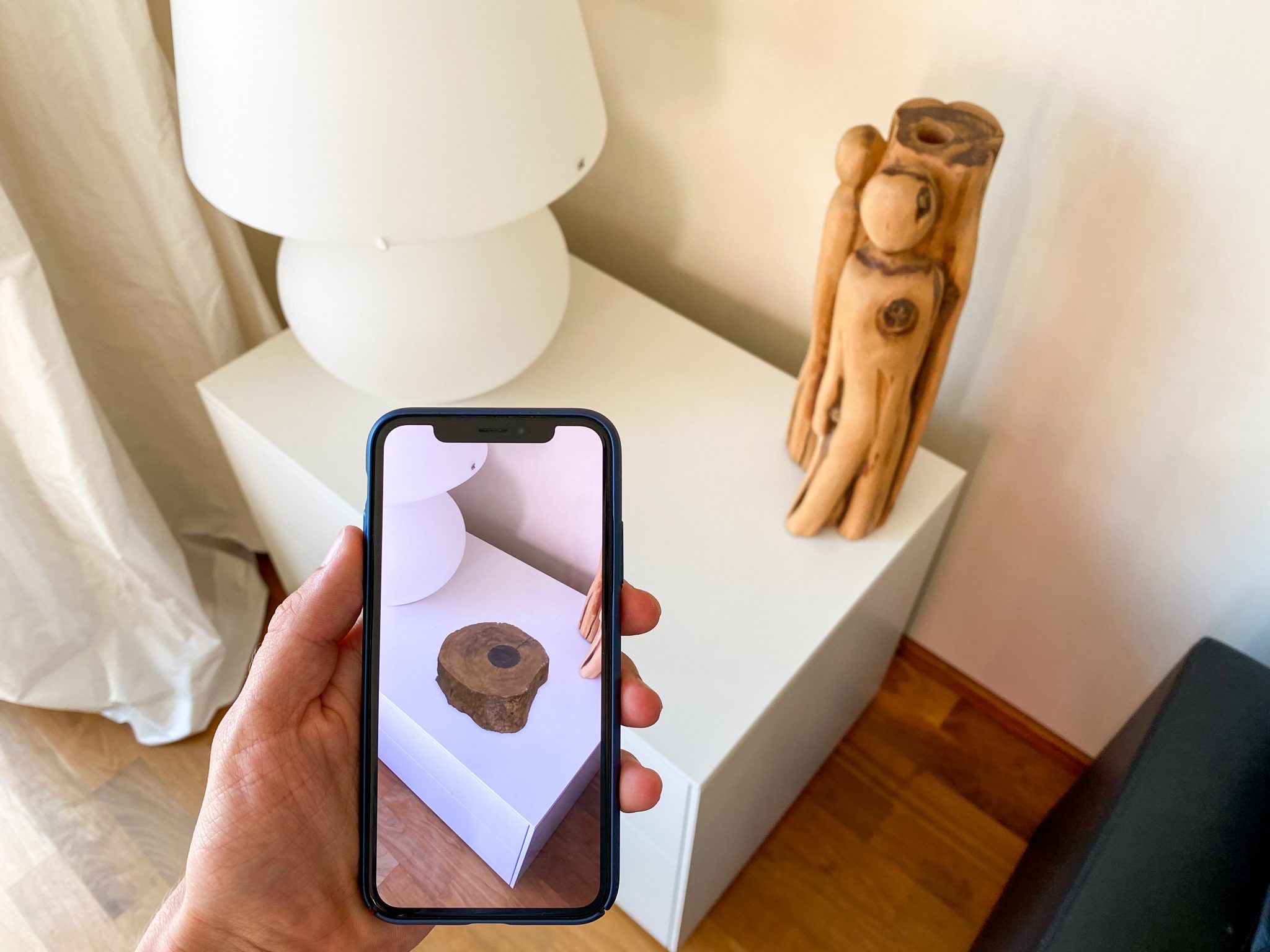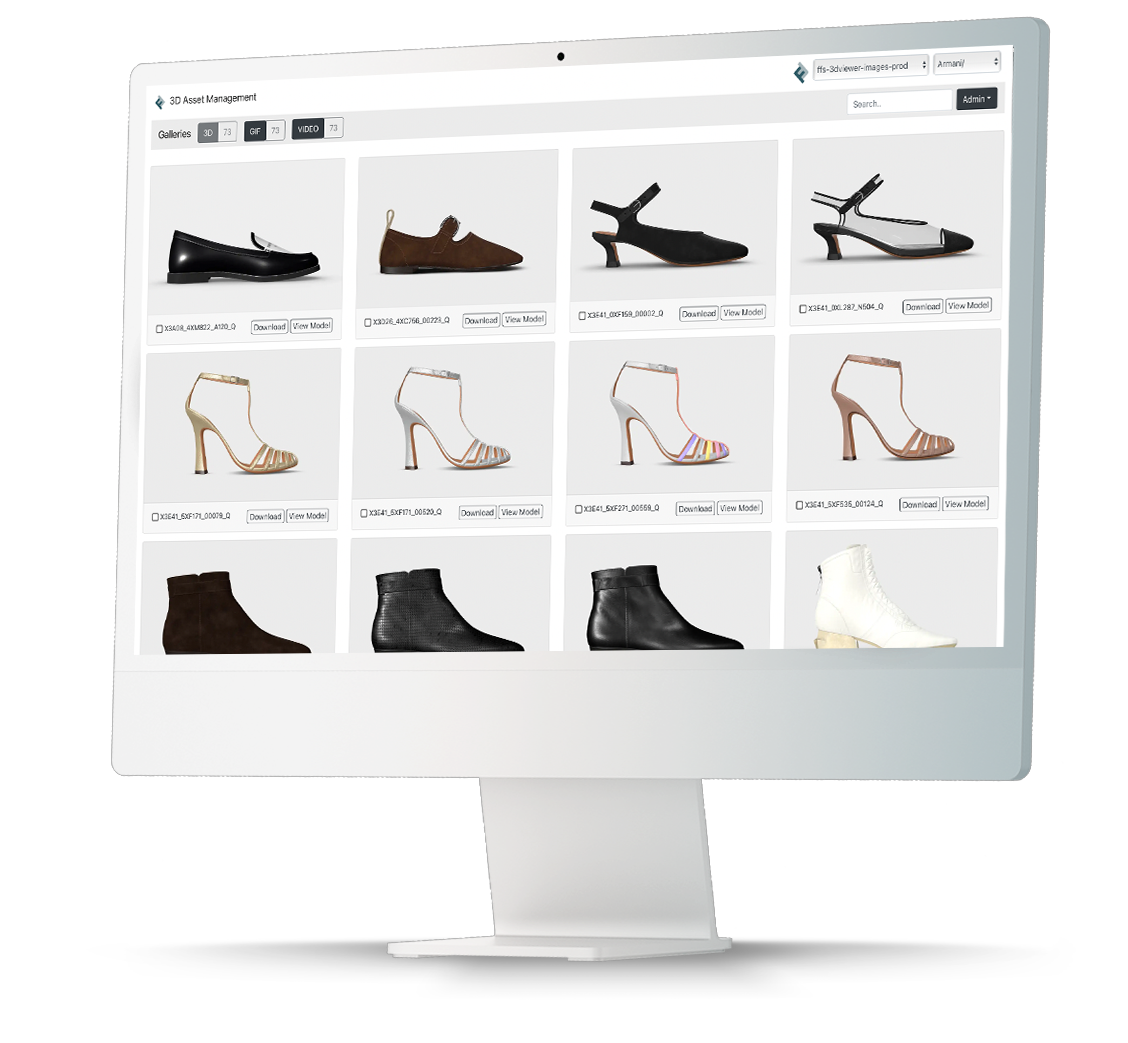Augmented reality (AR) has emerged as a new technology in visual commerce. It is currently revolutionizing how businesses engage with customers and showcase their products or services.
At its core, AR overlays digital content onto the real world, blurring the lines between physical and virtual experiences. This technology’s ability to offer immersive and interactive experiences can be instrumental in capturing consumer interest and driving sales.
In this article, we will discuss how AR is being used by businesses to boost sales, train teams, and improve customer service experience.
Augmented Reality E-Commerce Examples in Visual Commerce
As more companies adopt AR, businesses that fail to use AR are getting left behind. In 2023, the AR industry was valued at a market size of $56.3 billion, according to a report by Precedence Research.
AR provides business owners with a competitive advantage by offering a comprehensive platform with diverse AR tools.
Today, AR is used in many ways, such as virtual training and personalized customer service, acting as a cost-effective solution for businesses while adding value for users.
Here are some ways that businesses are incorporating augmented reality into their strategies and operations:
Customization Tools
AR offers businesses a chance to create customized tools that tailor experiences to individual preferences. These AR-based customization options empower customers to take control of what they want to see.
AR tools can also help customers make their vision close to reality, making it easier for vendors to meet specifications or requests.
Since 71% of customers expect personalized service, making this a priority will boost engagement and sales conversion rates for any business.
AR-driven customization options include:
- Product Color and Texture Customization: Enables customers to visualize and customize colors and textures of items like furniture and clothing using AR.
- Personalized Product Configurators: Implements AR-driven configurations for customizable parameters like size, shape, and other features.
- AR Interior Design: Allows users to virtually decorate spaces by adjusting wall colors, furniture styles, and decor elements. This is how IKEA, the global furniture company, uses AR to help its customers visualize IKEA products within their own homes. Customers can choose anything from an IKEA catalog and have it appear on their own screens.
- Customizable Digital Avatars: Creates AR avatars with customizable features such as hairstyles, clothing, and facial expressions for gaming or social media.
Try-On Experiences
One of the more popular ways AR is being used in business is through try-on experiences. AR-powered virtual try-on solutions allow customers to digitally try on products such as virtual accessories, eyewear, makeup, and even clothing before making a purchase. For example, the global makeup brand Estée Lauder is known to have used AR as a sales and marketing initiative.
When companies use AR-powered virtual try-on experiences, they will be able to do the following for the customer:
- Provide a more realistic representation of how products will look to the customer.
- Enable customers to make better purchase decisions online, reducing returns or exchanges.
- Create a more enjoyable and memorable shopping experience for the customer.
- Allow customers to experiment with different styles, colors, and sizes in a virtual environment.
- Mimic the experience of trying on items in a physical store through 3D ecommerce.
Product Pitches and Bids
Augmented Reality (AR) can be a game-changer in product pitches and bids, offering innovative ways to showcase products and services, enhance presentations, and win over clients. Here are several ways AR can be used effectively in product pitches and bids:
- Interactive Product Demonstrations: AR allows presenters to bring products to life in a virtual environment. Instead of static images or videos, your potential clients can interact with 3D models of products through AR apps or devices. This immersive experience helps clients understand your product’s features, functionality, and benefits in a more interactive and memorable way.
- Virtual Prototyping: AR can showcase prototypes or conceptual designs before they are physically built. This allows clients to visualize the end product, provide feedback, and make adjustments early in the development process, saving time and resources. You could even design a made-to-scale prototype while requesting funding for the resources needed to make the physical prototype.
- Augmented Marketing Materials: Incorporating AR elements into your marketing materials, such as brochures, flyers, or presentations, can make them more eye-catching and interesting. Clients can scan AR codes or markers to access additional content, videos, or demonstrations related to the product being pitched.
- Virtual Site Visits: AR can simulate site visits by overlaying digital renderings onto the actual location for projects involving physical spaces or infrastructure. This allows clients to visualize how the project will look in its real-world context, making proposals more compelling and persuasive.
Remote Assistance and Support:
Your business can use AR to provide remote assistance and support services, particularly in technical or complex scenarios.
For example, field service technicians can wear AR-enabled devices that allow them to receive real-time guidance and instructions from experts located elsewhere. This can streamline troubleshooting processes, reduce downtime, and improve overall service quality.
Similarly, customer support representatives can use AR to guide customers through product setup or troubleshooting steps when they need some guidance remotely. Investing in AR technology in this way can enhance customer satisfaction and reduce support costs.
Someday, you might even get to find out the shape of your foot. Nike is currently researching AR technology that will allow you to measure your foot’s morphology using your phone. The company aims to help customers understand which shoes will match their needs by storing this data in a personal profile of the customer.
Interactive Training and Simulation
AR can transform training and simulation processes by creating interactive and immersive learning experiences.
For instance, employees in industries such as manufacturing, healthcare, or aviation can use AR to practice hands-on tasks in a virtual environment before performing them in real-world settings.This not only enhances training effectiveness but also improves safety and reduces the risk of costly errors.
AR-based simulations can also be used for scenario-based training, crisis management drills, and team collaboration exercises, fostering a culture of continuous learning and skill development within organizations.
Furthermore, the fashion and apparel sectors are witnessing a transformative use of augmented reality, especially in enhancing the way designs and patterns are presented to customers. This technological leap offers a unique opportunity for businesses to engage customers by allowing them to visualize products in a new light.
A deeper understanding of how augmented reality can influence design choices, including the selection of fabric colors that appeal the most to customers, is crucial. Insights into the preferences surrounding t-shirt colors, for example, could significantly affect consumer interest and sales figures in an AR-enhanced retail setting.
This approach not only elevates the shopping experience but also guides businesses in tailoring their offerings to meet customer expectations more precisely.
Future Trends and Opportunities in AR
Statista reports that there will be 1.73 billion active users of AR in 2024 compared to 0.44 billion in 2019. As more companies incorporate AR in their sales and marketing strategies, user adoption rates are likely to increase in the coming years.
Here is what business owners can expect to see regarding new developments in the AR industry:
- Enhanced Wearable AR Devices: Business owners can anticipate advancements in wearable AR devices, such as smart glasses and headsets, offering improved functionalities, sleeker designs, and enhanced user experiences. These devices will enable seamless integration of AR into various business operations, from remote assistance and training to on-site maintenance and customer interactions.
- Integration with Artificial Intelligence (AI): The integration of AR with AI technologies will lead to more intelligent and context-aware AR experiences. Business owners can expect AR systems that can analyze data, recognize patterns, and provide personalized recommendations or insights, enhancing decision-making processes and customer interactions.
- Expanded Use Cases in Industry-Specific Applications: As AR technology develops, it presents more specialized uses in several sectors, generating fresh chances for companies to interact with consumers and train staff. Customized AR solutions created especially for the demands of their industry – such as AR-enabled medical simulations, smart manufacturing apps, immersive training courses, and even educational programs connected to various types of business degrees – should be expected by business owners. These initiatives close the theory-to-reality gap by allowing students to obtain valuable, hands-on experience in virtual environments. Through interactive simulations, AR can also change how students understand the kinds of business degrees, thereby making complicated ideas more approachable and exciting. This move toward immersive learning helps future corporate executives to be better aware of their chosen profession.
Incorporate AR Solutions Into Your Business Strategy
In conclusion, the rise of Augmented Reality (AR) in visual commerce is reshaping how businesses interact with customers and present their products or services. AR’s ability to seamlessly blend digital content into the real world drives engagement, sales, and innovation across diverse industries. With an expected growth in the number of AR users, companies need to adapt if they want to survive the growing use of technology.
So, don’t get left behind. Use augmented reality in your business today.















